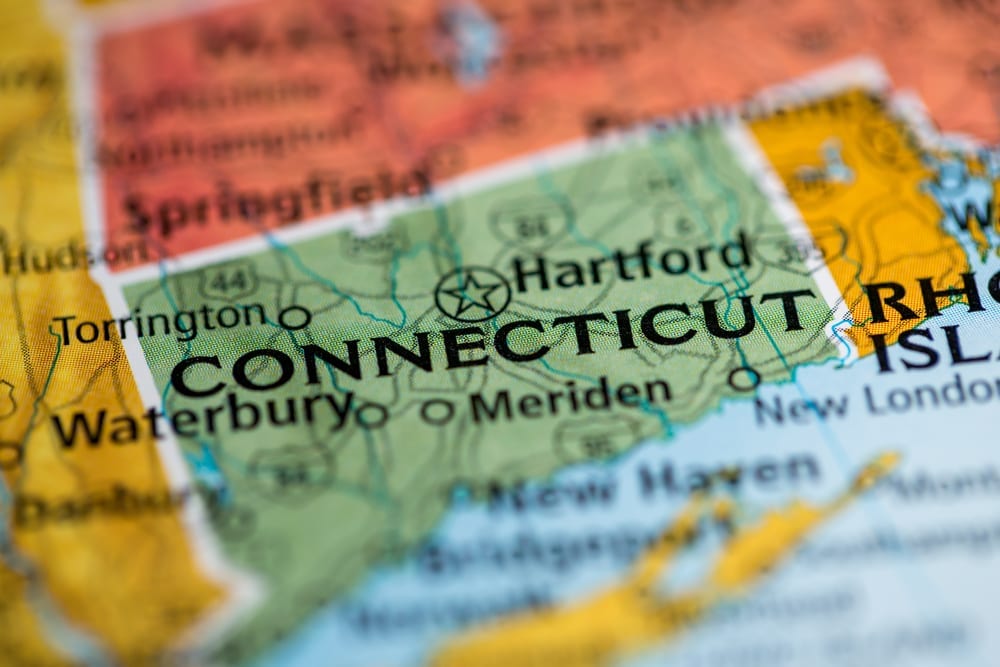According to Census data released Thursday, Connecticut’s modest population growth in the past decade has almost exclusively been driven by Fairfield County. New London County’s population dropped by two percent, and despite booming manufacturing, some of the most dramatic population decreases came in Groton.
Connecticut’s population has increased by 31,847 since 2010, or 0.9 percent, primarily in Fairfield County, which saw a 4.4 percent increase in population. The remaining counties either saw population growth of less than one percent or a population decrease.
Census data also shed light on changing racial demographics, and the United States saw a decrease in its white population for the first time. The proportion of Connecticut residents identifying as white has also declined, though it still has a proportionately higher white population than the nation overall.
Connecticut ranks 22nd in the country on the Census Diversity Index, a slight increase from its rank of 24 in 2010. While less diverse than New Jersey and New York, Connecticut ranks above Massachusetts, Rhode Island, Vermont, New Hampshire, and Maine.
In 2010, 71.2 percent of Connecticut residents identified as white, and not Hispanic or Latino, with 13.4 percent of residents identifying as Hispanic or Latino and 9.4 percent identifying as Black. By 2020, the number of Connecticut residents identifying exclusively as white decreased to 63.2 percent, with the Hispanic or Latino population increasing to 17.3 percent and the Black population increasing to 10 percent. Most of that increase in racial diversity was concentrated in Fairfield, Hartford and New Haven counties.
Nationally, Americans identifying only as white make up 57.8 percent of the population, with 18.7 percent of the population identifying as Hispanic or Latino, and 12.1 percent identifying as Black.
The Census also released city by city data showing population changes in the last ten years, and municipalities across southeastern Connecticut generally saw their populations decline.
Even as Electric Boat ramps up hiring, Groton was unable to escape the region-wide trend. A study from the Southeastern Connecticut Council of Governments in 2019 found that Groton would need about 500 additional housing units to accommodate new manufacturing workers brought into town as part of Electric Boat’s 5,000-person hiring spree over the coming decade.
- Old Saybrook: 2.3 percent increase, 10,242 to 10,481
- Essex: 0.7 percent increase, 6,683 to 6,733
- Middletown: 0.1 percent increase, 47,648 to 47,717
- Old Lyme: 0.3 percent increase, 7,603 to 7,628
- New London: 0.9 percent decrease, 27,620 to 27,367
- Norwich: 0.9 percent decrease, 40,125 to 40,493
- Stonington: 1.1 percent decrease, 18,545 to 18,335
- Guilford: 1.4 percent decrease, 22,375 to 22,073
- East Lyme: 2.4 percent decrease, 19,159 to 18,693
- Colchester: 3.2 percent decrease, 16,068 to 15,555
- Groton Town: 4.2 percent decrease, 40,115 to 38,411
- Groton City: 9.6 percent decrease, 10,389 to 9,387

